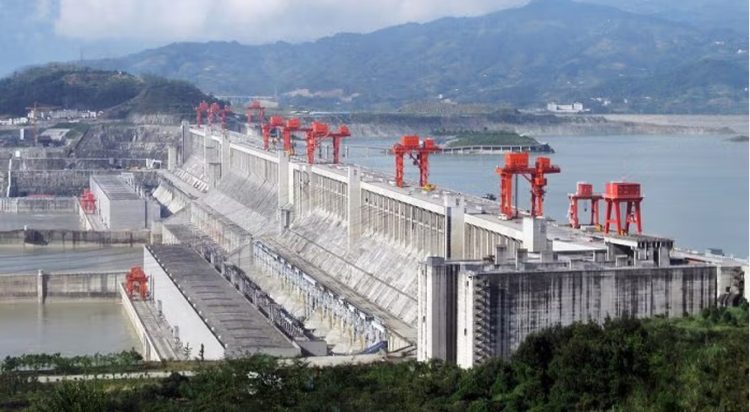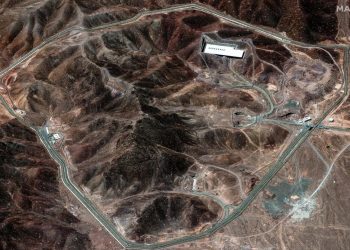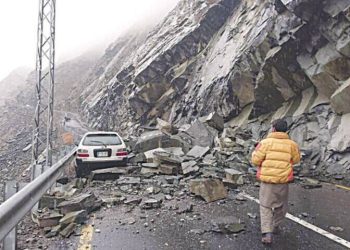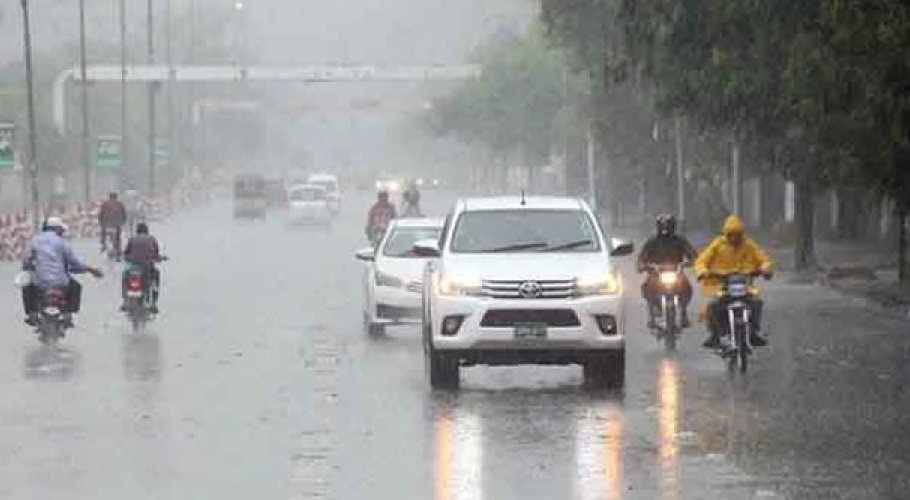China has begun construction on what it describes as the world’s largest hydropower dam in the Tibet region, with an estimated cost of at least $170 billion, sending shockwaves through the Indian capital, which considers it a strategic threat to India’s water security.
This is China’s most ambitious project since the Three Gorges Dam on the Yangtze. Beijing has said the dam will help meet power demand in Tibet and the rest of China without having a major effect on downstream water supplies or the environment. Operations are expected sometime in the 2030s.
Where is it located?
Made up of five cascade hydropower stations with the capacity to produce 300 billion kilowatt-hours of electricity annually—equal to the amount of electricity consumed by Britain last year—the dam will be located in the lower reaches of the Yarlung Zangbo. A section of the river tumbles 2,000 meters (6,561 feet) over a span of 50 km (31 miles), offering enormous hydropower potential.
The Chinese premier described the dam as a “project of the century” and said special emphasis “must be placed on ecological conservation to prevent environmental damage,” Xinhua said on Saturday.
Why is India worried about the Tibet dam?
The Yarlung Zangbo becomes the Brahmaputra River as it leaves Tibet and flows south into India and finally into Bangladesh. India believes the dam will irreversibly harm the Tibetan Plateau and affect millions of people downstream.
India and Bangladesh have already raised concerns about its possible impact on the millions of people downstream.
The Chief Minister of Arunachal Pradesh, Pema Khandu, said earlier this year that such a colossal dam, barely 50 km from the border, could dry out 80% of the river passing through the Indian state while potentially inundating downstream areas in Arunachal and neighboring Assam state.





































